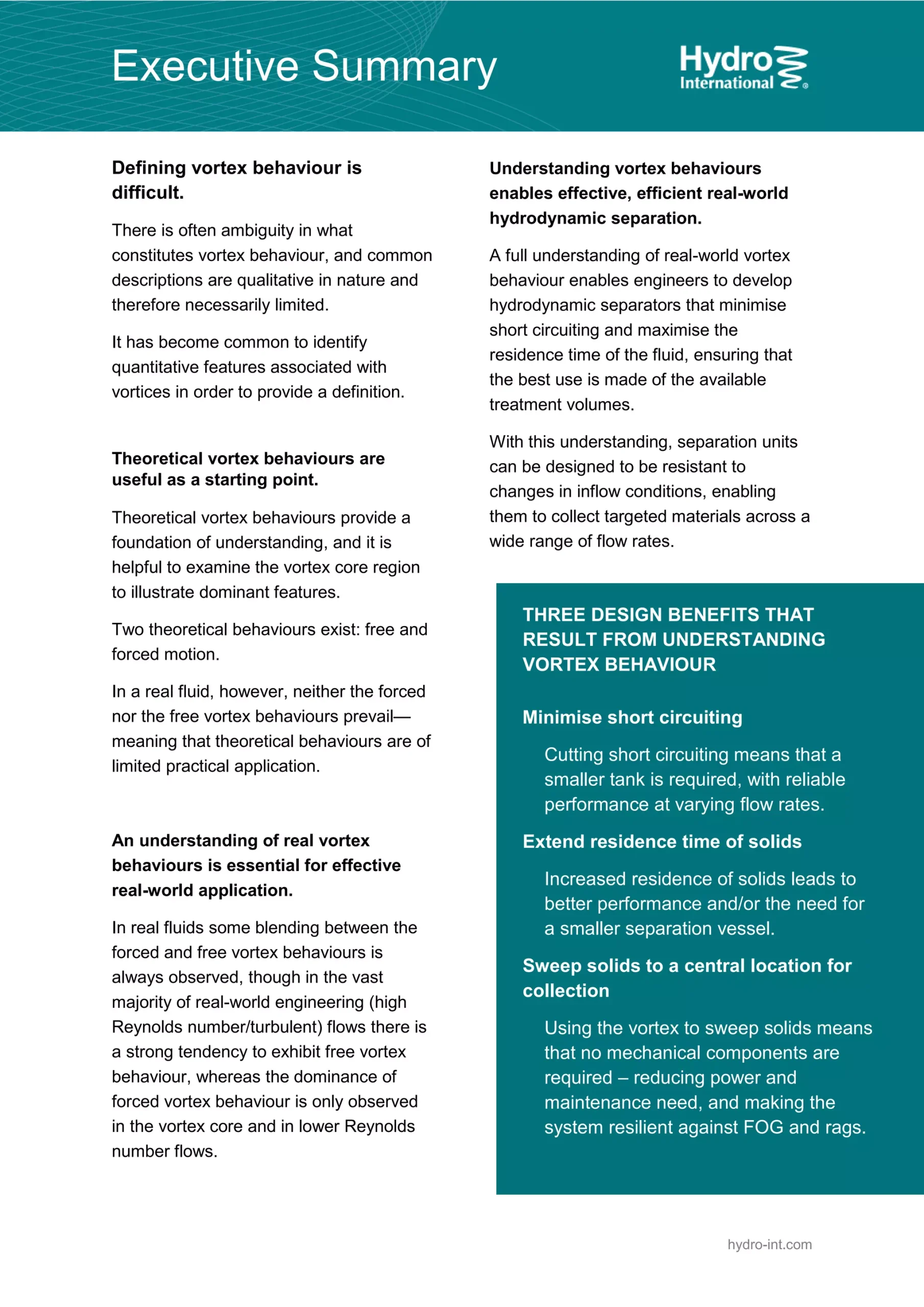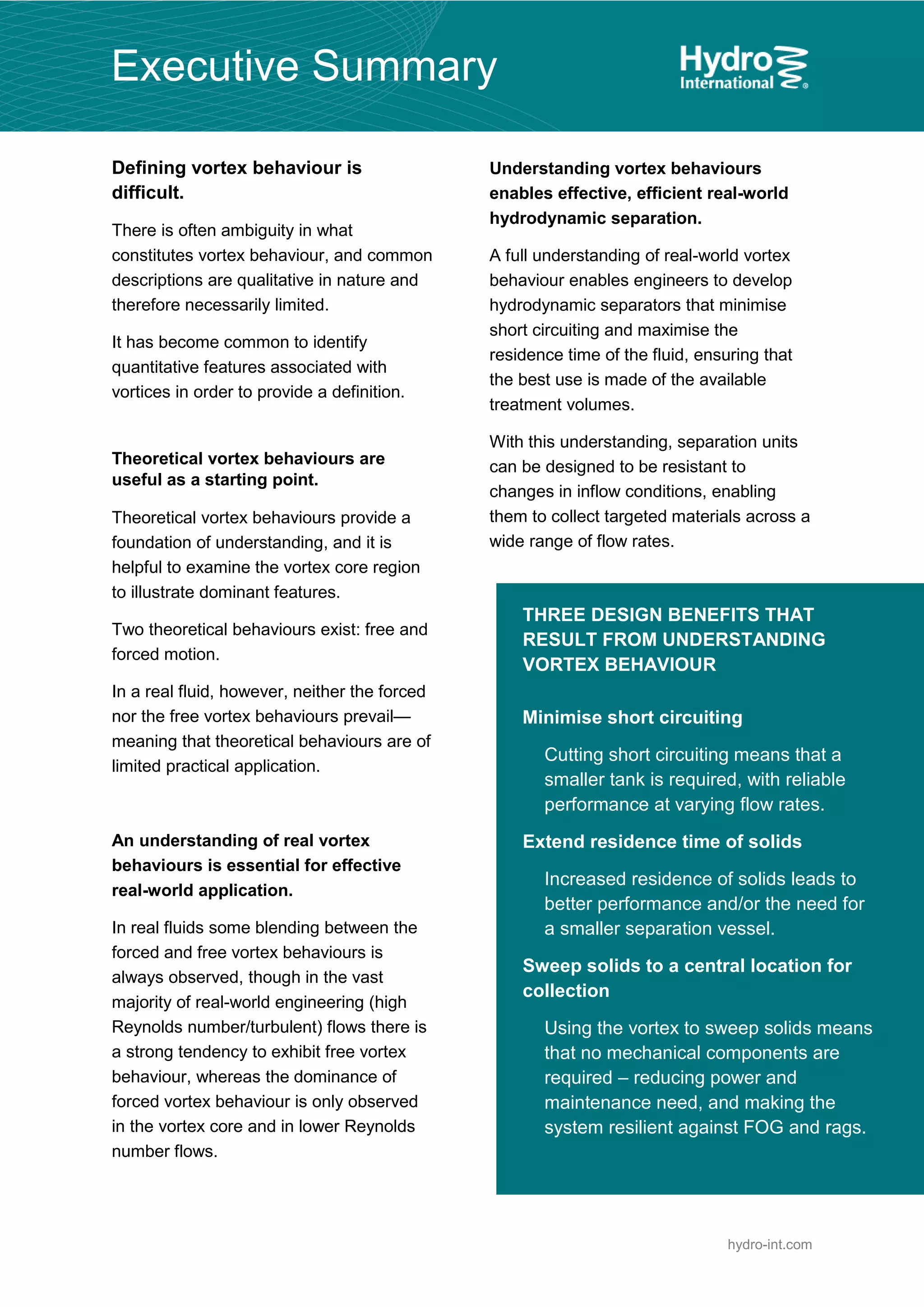

The majority of users replace their MacBook Pro no more often than once every five years, with many extending that period even further. Nevertheless, Apple frequently markets its newest models as markedly improved, as demonstrated by the introduction of the M5 MacBook Pro.
Apple asserts that the M5 chip provides considerable enhancements in AI performance and overall chip functionalities. Built upon third-generation 3-nanometer technology, the M5 incorporates a 10-core GPU architecture with a Neural Accelerator embedded in each core, achieving over four times the peak GPU compute performance relative to the M4. The GPU further showcases improved graphics capabilities, featuring third-generation ray tracing, resulting in a graphics performance increase of up to 45 percent compared to the M4. The CPU of the M5 includes up to six efficiency cores and four performance cores, offering a 15 percent enhancement in multithreaded performance. Additionally, the M5 is equipped with a superior 16-core Neural Engine and nearly a 30 percent rise in unified memory bandwidth.
Benchmark assessments validate Apple’s assertions, revealing notable disparities between the M4 and M5 MacBook Pro. For example, the M5 recorded write speeds of 6440MBps and read speeds of 6725.6MBps, in contrast to the M4’s 3265.3MBps write speed and 2904MBps read speed, indicating a considerable performance boost.
However, practical usage evaluations imply that the tangible advantages of upgrading might not be as significant. In an evaluation by Macworld’s John Brandon, the time saved during demanding tasks was negligible. For instance, exporting 562 photos in Lightroom required 66 seconds on the M4 and 56 seconds on the M5, whereas a complex Blender render took 595 seconds on the M4 and 585 seconds on the M5. The time disparity for these tasks was merely 9 to 10 seconds, which might not make the upgrade worthwhile for many users.
In summary, although the M5 MacBook Pro demonstrates remarkable technical progress, the real-world performance enhancements may not be substantial enough to justify an upgrade for those using the previous generation.